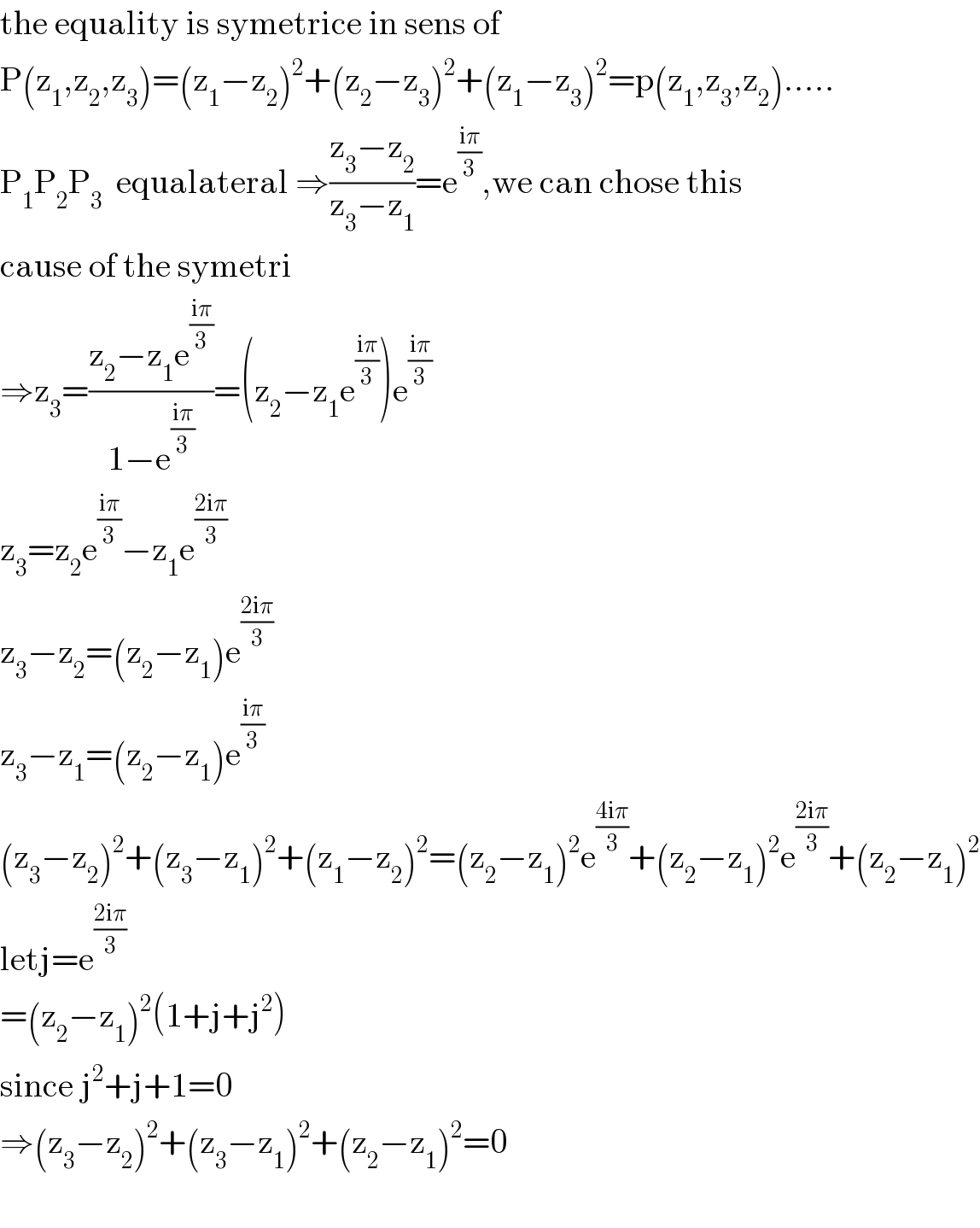
Question and Answers Forum
Question Number 77991 by peter frank last updated on 12/Jan/20

Answered by mind is power last updated on 13/Jan/20

Answered by MJS last updated on 13/Jan/20

Commented by mind is power last updated on 13/Jan/20

Commented by MJS last updated on 13/Jan/20

Commented by mind is power last updated on 13/Jan/20

